
Gifts from travel are not only magnets or painted dishes: sometimes they can bring not just aesthetic, but also very real pleasure. We have compiled a list of delicious souvenirs that you should definitely find while traveling around the cities and regions of Russia.
Arkhangelsk region: roe deer
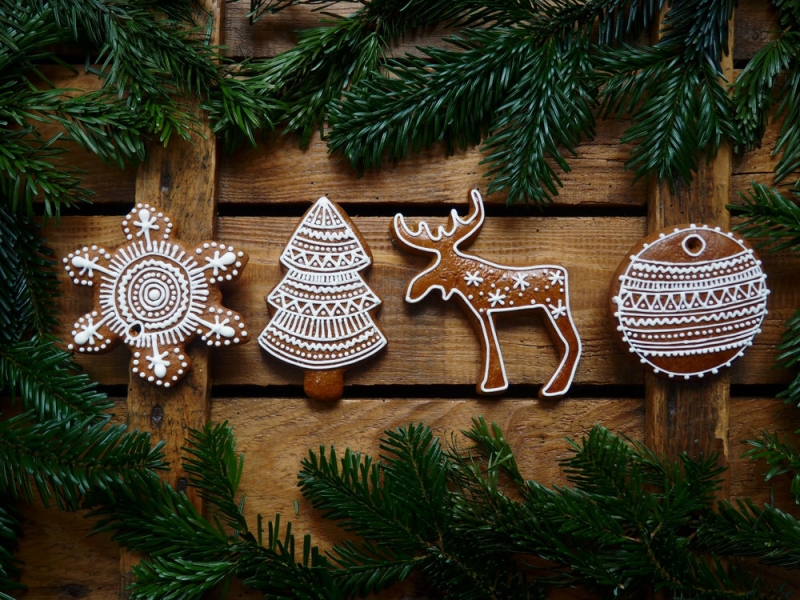
Photo: Shutterstock.com
Arkhangelsk roe – figured flat gingerbread with burnt sugar. Initially, this dish was prepared by Pomors – residents of the Arkhangelsk province – exclusively for Christmas in the form of goats, rams and cows, animals that witnessed the birth of the infant Christ. But over time, roe deer have become a real symbol of the region, and you can buy them at any time of the year in special stores – for example, “Gingerbread Fun” or “Arkhangelsk Gingerbread”.
Astrakhan region: sturgeon balyk
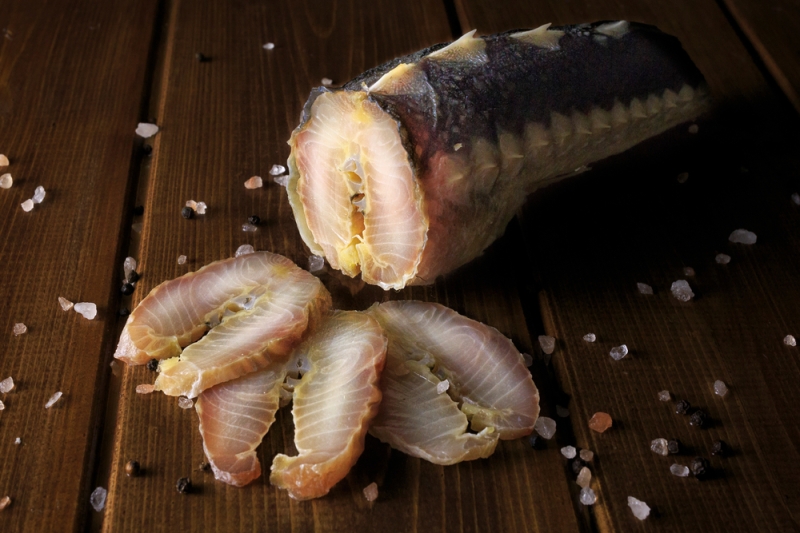
Photo: Shutterstock.com
Astrakhan is known for its amazing fish, and the main “treasure” of the region is sturgeon. Today, in principle, this fish is not so easy to get, and it costs a fair amount, but in the Astrakhan region there are entire farms for breeding it. A typical southern dish is balyk, a sturgeon back that is salted and then air-dried. You can buy it at the fish market and in the Astrakhan Delicacies stores.
Bashkiria: honeycombs of wild bees
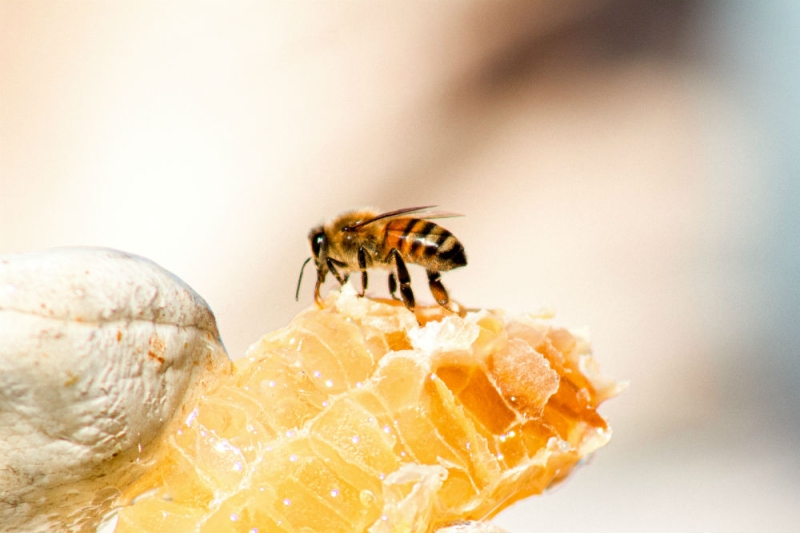
Photo: Unsplash.com
Bashkiria is probably the most honey-rich region in Russia. Pay attention to the Bashkir Apiaries stores: there is a great variety of products there. The most original is, perhaps, the on-board honey from the deck. This is the honey of wild bees: it is obtained in the forests (straight from a hollow in a tree!), It is sold immediately in large combs, and the taste is much sweeter than any honey from the apiary. Nowadays, beet trees with wild Central Russian forest bees have been preserved only in the Burzyansky Nature Reserve of Bashkortostan: insects usually live in centuries-old pines.
Buryatia: pine nuts and sweets with them
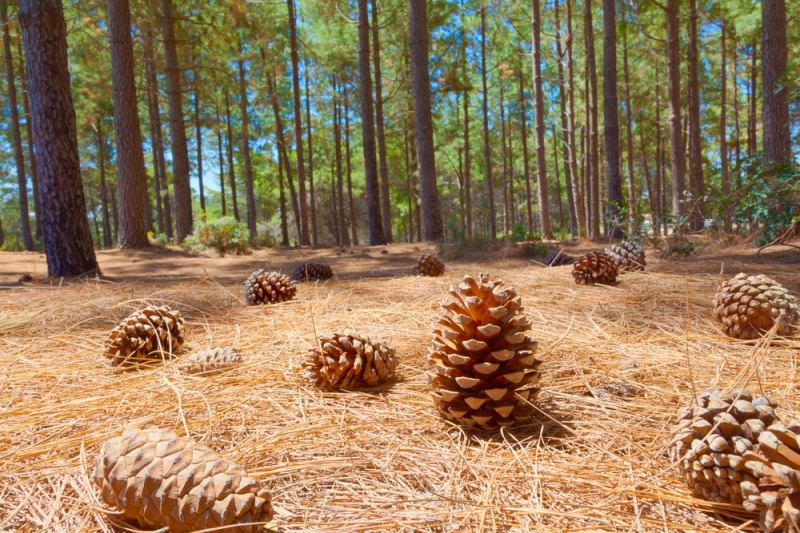
Photo: Shutterstock .com
Of course, few people can be surprised by pine nuts today, because they are sold everywhere, but for Buryatia cedar is practically a regional brand. By the way, you can bring not just a bag of nuts as a gift, but a whole pine cone: this is what our grandparents did when returning from business trips to harsh Siberia. Buryatia also makes excellent sweets: for example, cedar roasted nuts or nuts with lingonberries in honey can be bought at the Mergen restaurant in Ulan-Ude.
Volgograd region: jam from watermelon rinds
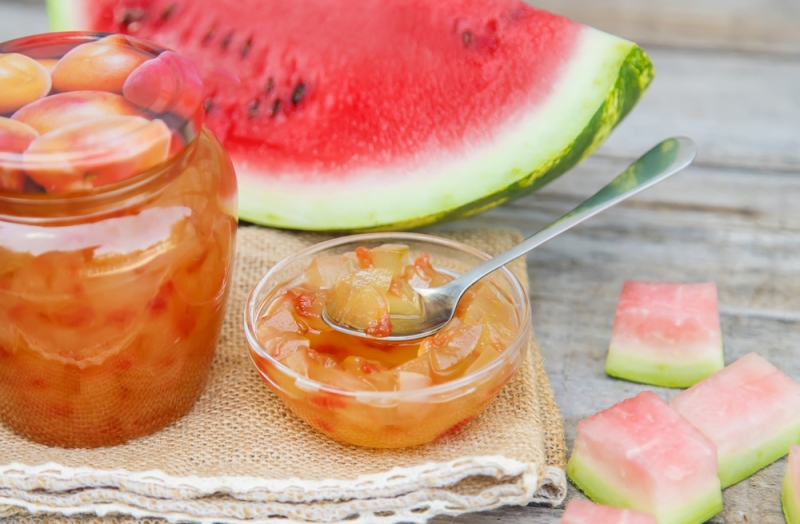
Photo: Shutterstock.com
In the Volgograd region, thanks to its hot and arid climate, the sweetest watermelons in Russia grow, and local residents have adapted to making very tasty jam from their peels for the winter. The crusts are boiled in sugar syrup, acquire an amber color and become like candied fruits: you won’t immediately understand what the jam is made of! You can buy a jar at the Old Sarepta Museum-Reserve.
Vyborg: pretzel
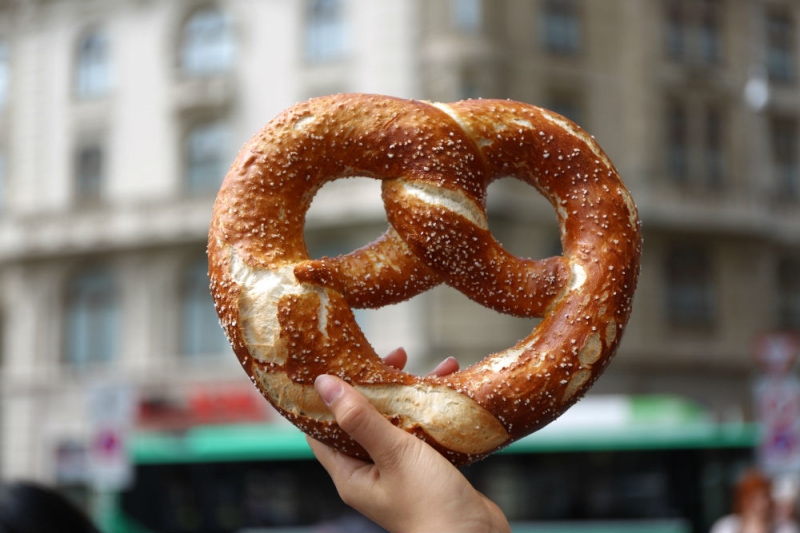
Photo: Unsplash.com
The pretzel is reminiscent of Vyborg’s European past. It has been baked here since the 15th century, and in the times of Peter the Great, pretzels were even supplied en masse to the imperial table. This is not just a dough squiggle: they say that the original recipe for the Vyborg pretzel is kept strictly secret to this day, but the composition definitely includes nutmeg, cumin, marjoram, cloves and cardamom. The most delicious is sold in the shop of the Burger’s Estate museum.
Kalmykia: Kazy
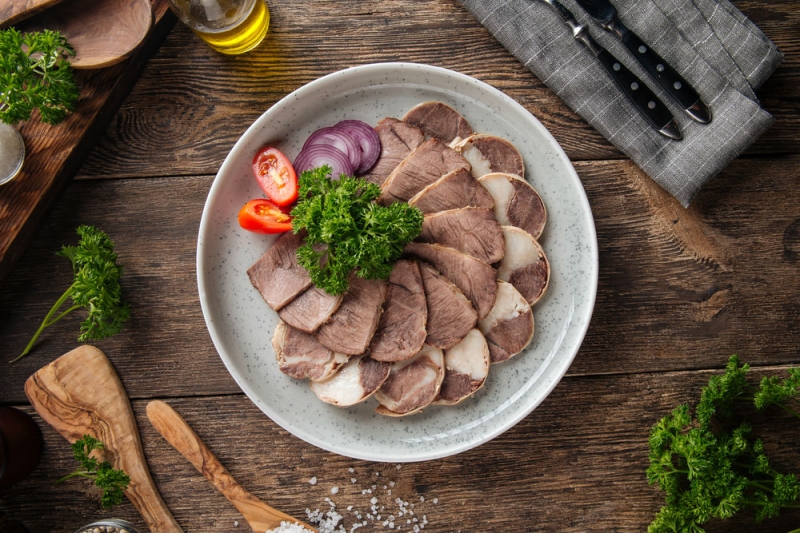
Photo: Shutterstock.com
In Kalmykia, there are generally a lot of unusual dishes, but, firstly, most of them are not for everyone, and secondly, you won’t take lamb entrails soup or tea with butter very far. Therefore, we recommend bringing horse meat as a gift to friends – the meat is sweetish and has a rich taste. Kazy sausage is especially good – dry, but with fat. You can buy it at the Myasnoy Dvorik store.
Kolomna: marshmallow
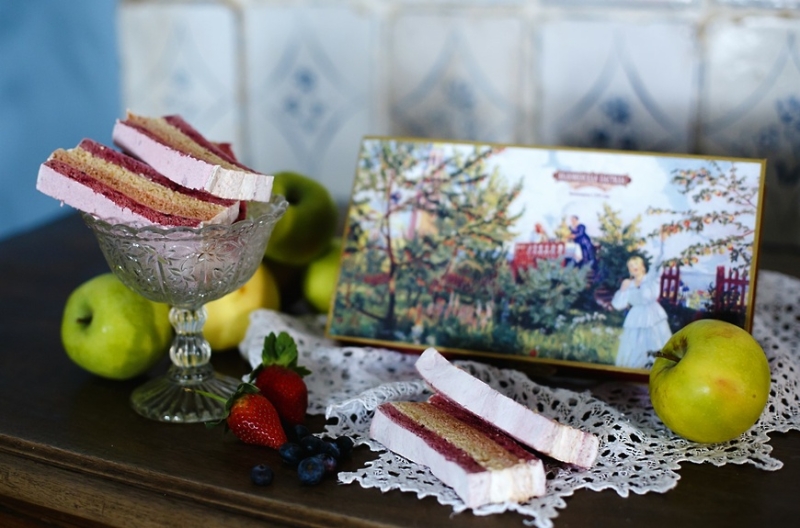
Photo: vk.com/kolomnapastila
When most of us hear the word “marshmallow,” we imagine rectangular bars of a marshmallow-like treat, but Kolomna marshmallow is something completely different. It tastes a little like baked apples transformed into an airy, porous substance. In Kolomna you can buy not only classic local marshmallows, but also marshmallows with berries, with pine nuts, with honey instead of sugar, in rolls with jam and even without protein (usually it is used in cooking). In general, if you get ready, take the time to visit the Kolomenskaya Pastila museum and its wonderful cafe “Tasty Stories”, where the atmosphere of hospitality and antiquity reigns.
Murmansk region: dried meat
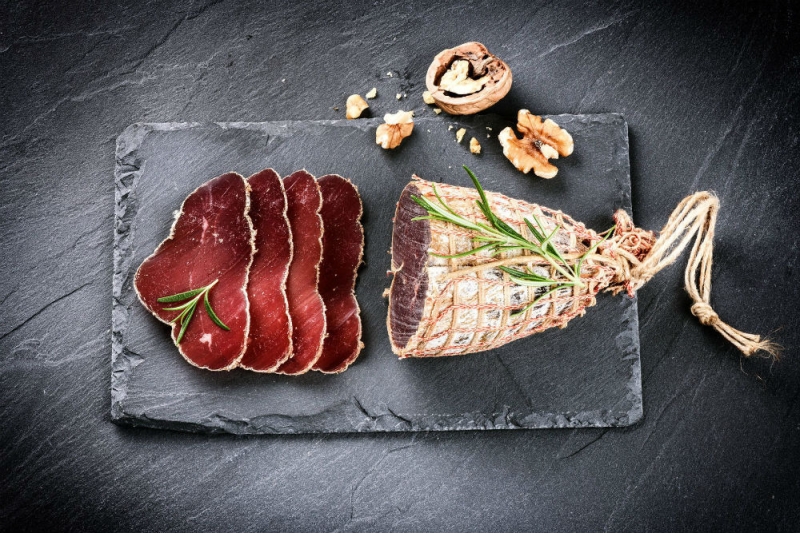
Photo : Shutterstock.com
Traditional dishes of the Murmansk region are simple food of the harsh North. Meat is often dried or cured here: any kind, but if you want something exotic, choose deer, elk or wild boar meat. Dried meat is stored for a long time, so it is quite suitable as a souvenir gift, even if you are returning home by train. You can buy it at any local supermarket, best of all – produced by the Reindir plant.
Pskov region: monastery sbiten

Photo: Shutterstock.com
Perhaps you will say that sbiten can be bought in almost any monastery. But take a closer look at the labels: it is almost always produced in the Pskov region. Sbiten is a mixture of honey, spices and a collection of medicinal herbs, which must be diluted with hot tea or water. In the Pskov region, sbiten is brewed according to the original recipe in the skete of the Holy Dormition Svyatogorsk Monastery in the village of Stolbushino, and this drink contains honey from local apiaries and meadow herbs (St. John’s wort, oregano, licorice root, mint, calamus root).
Republic of Tatarstan: chuk-chak
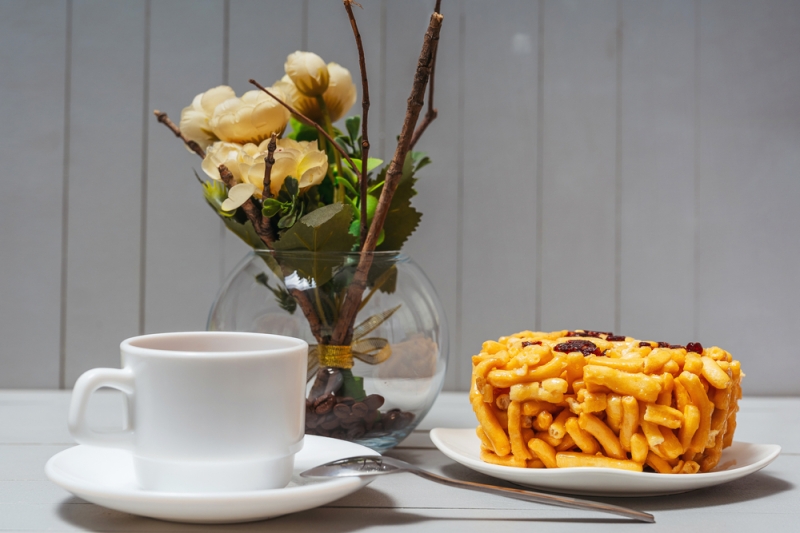
Photo: Shutterstock.com
If you’ve been to Tatarstan but haven’t tried chak-chak, we assure you that you should come back! This thing is high in calories and clearly not the healthiest: pieces of dough are deep-fried and then filled with honey syrup. But what fun! Thanks to the ease of production, chuk-chak cannot turn out tasteless, and you don’t have to rack your brains about where to buy the “best” one: you can just go to the Kazan supermarket chain “Bakhetle”, and if you want a really large selection, go to a local sweets store “ Chuck-Chuck STORE”.
Sakhalin: red caviar
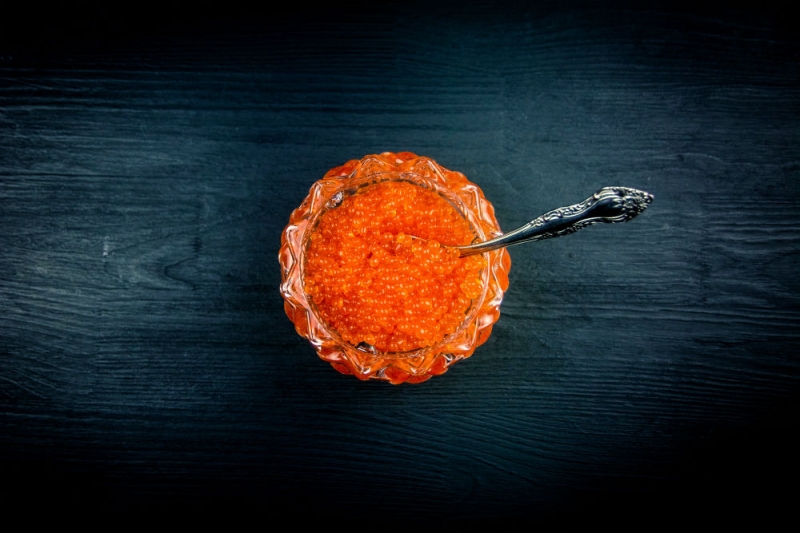
Photo : Unsplash.com
If you go to Sakhalin, it is likely that everyone around you will demand tribute from you in the form of seafood. Of course, the easiest way is to bring caviar in jars: nothing will leak in the suitcase and it won’t smell all over the plane. For caviar and other local delicacies, tourists usually go to the indoor market “Success” in Yuzhno-Sakhalinsk.
Suzdal: cucumber jam
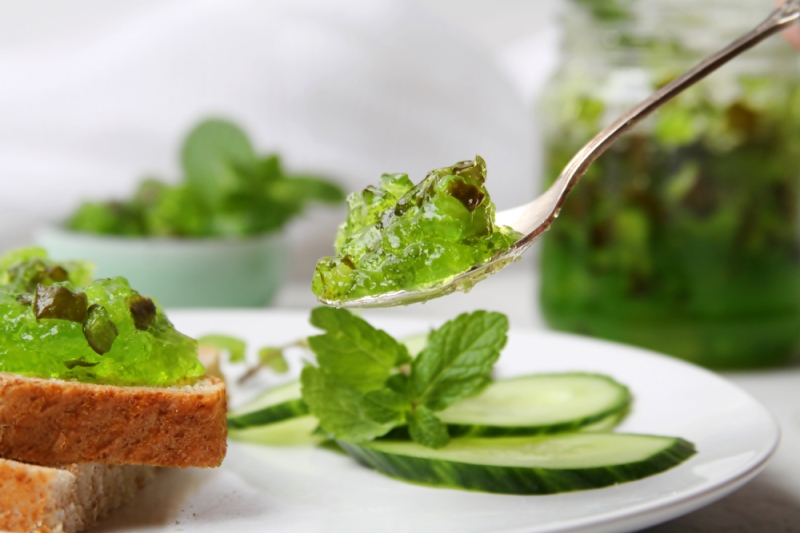
Photo: Shutterstock.com
Cucumber is a symbolic vegetable for Suzdal: in July, during the harvest period, Cucumber Day is celebrated in this city on a grand scale. It is not surprising that cucumbers can also be brought from here as a tasty souvenir – in jam. They cook it with the addition of lemon and mint: it turns out very tasty. They say this jam helps with colds. Sold in souvenir shops and at local fairs.
Tula: gingerbread
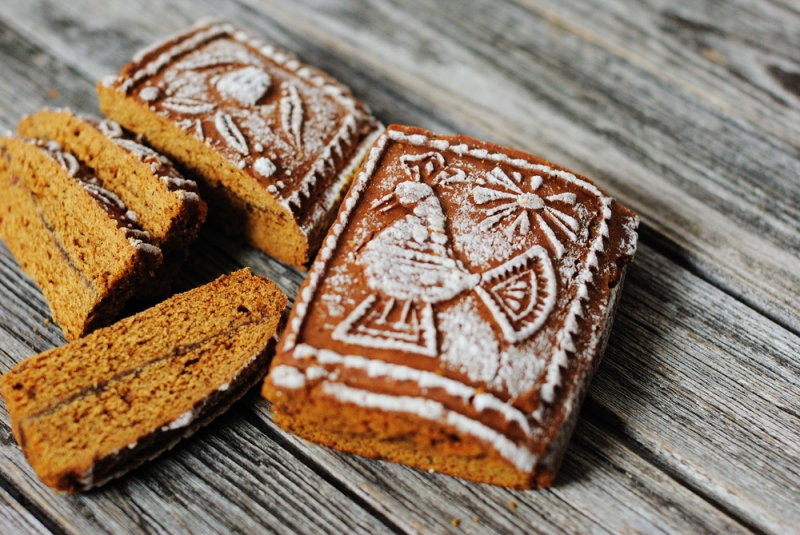
Photo: Shutterstock.com
Of course, in Russia few people will be surprised by gingerbread, but Tula gingerbread is special. And, believe me, real Tula gingerbread has little in common with what is sold under its name in supermarkets! Gingerbread has been baked on this land since the 17th century, and it is practically a local treasure: curly, sweet, honey-flavored and filled with condensed milk or jam… Don’t be too lazy to go to one of the manufacturing factories (“Old Tula”, “Yasnaya Polyana”, “Honey Traditions”), to watch the interesting baking process and enjoy the aromas in the air. By the way, Tula gingerbread remains soft for a long time, so you can buy it as a gift even for those friends whom you will not see soon.
Text author: Margarita Paimakova

